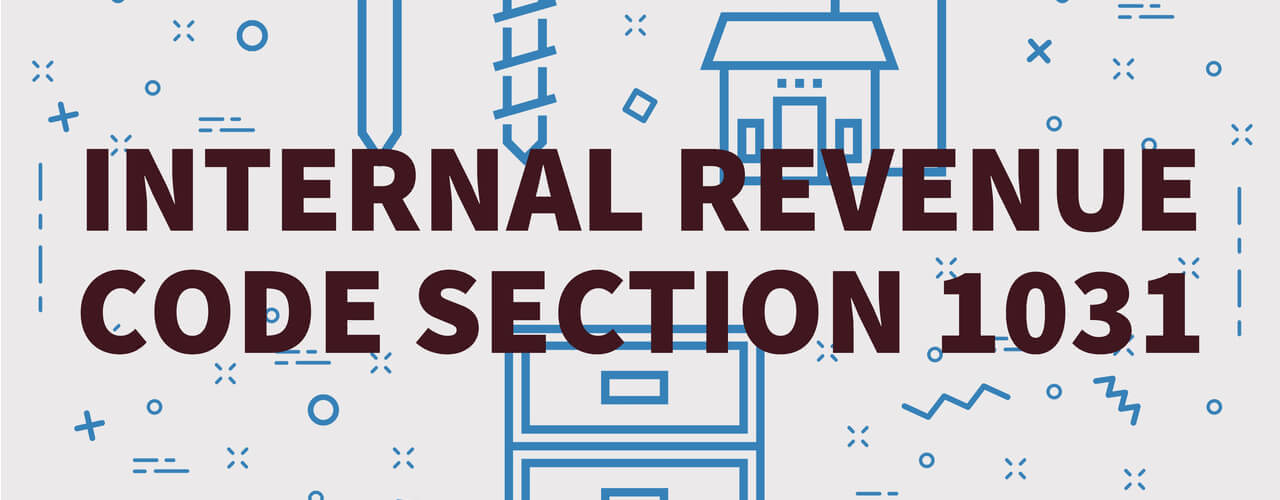The South Queens, N.Y., chapter of the National Association of Hispanic Real Estate Professionals (NAHREP®) recently hosted an online presentation dedicated to untangling the complexities of a 1031 exchange. The online event also addressed the current extensions that were granted to the completion of such transactions due to the COVID-19 restrictions.
NAHREP® South Queens Marketing Director, Rosa Collado, and Government Affairs Director, Derek Hall, sat down with Taso Pardalis — seasoned attorney and partner at Pardalis & Nohavicka, a full-service law firm based in New York — who shared his insights on the particularities of 1031 exchanges and what is different about them in the current context.
Basic Rules of a 1031 Exchange
Investment Properties Only
The first rule of 1031 exchanges is: 1031 exchanges only apply to investment properties. For example, even if the property you wish to sell in the exchange is a multifamily property, if one of the units is your own residence, then your unit would have to be excluded from all of the math.
A Tax-Deferred Swap for Like-Kind Real Estate
A 1031 exchange allows a seller to defer the payment of capital gains tax on funds acquired from the sale of a property. Instead, the seller may invest the entire amount into the purchase of another property. This tax-deferred swap applies to real property only — no other investment goods. Furthermore, the real property being sold and the real property being purchased must be of “like kind,” which means the replacement property must be of roughly equal or greater value than the property that was sold.
If the price of the acquired property is lower than the price of the relinquished property, the difference — also known as the “boot” — is taxable. However, this can also be avoided by immediately investing the boot toward improvements to the acquired property.
The 45-180 Timeline Rule
In the previous paragraph, “immediately” refers to the “45-180” rule of 1031 exchanges, which sets a strict timeline for the completion of this real estate transaction. Essentially, once you sell your property, you have 45 days to identify like-kind real estate in which to invest the capital from the previous sale. Similarly, you are allowed a total of 180 days to close on the purchase of the replacement property. Both deadlines relate to the same start date — which is the closing on the relinquished property — so the 180-day deadline includes the 45-day deadline.
Pardalis offered some sound advice on this aspect: If you’re interested in taking advantage of the opportunity granted by a 1031 exchange, be sure to do your research well ahead of time. Don’t wait to begin to identify the swap property within the initial 45 days. Rather, try to have several potential candidates already identified by the time you sell.
Additionally, Pardalis noted that the property you acquire with your fresh profit can be a single building or multiple buildings — as long as the total sale price matches your sale. Given the characteristically high competition of the investment property industry, it’s also advisable to include back-up options in your research, as well.
Qualified Intermediary Required
Furthermore, all proceeds from the sale of your relinquished property must be transferred to a qualified intermediary (QI), who will, in turn, pay the transfer forward to the seller of the replacement property or properties. The Internal Revenue Service (IRS) defines the qualified intermediary as a neutral third party — also known as a facilitator or accommodator — who mediates the closing of both transactions, as well as the transfer of funds that would otherwise be subject to immediate payment of capital gains tax. More IRS details on QIs are available here.
2020 Extension for 1031 Exchanges
The extension granted in the notice issued by the IRS on April 9, 2020, refers to the 45-day deadline of 1031 exchange procedures that were already in progress on April 1, 2020. Basically, investors who had a 45-day identification deadline on or after April 1, 2020, received an automatic extension to July 15, 2020. This extension is highly valuable at this time because it allows investors to make or — perhaps more importantly — change identifications of replacement properties.
Likewise, investors who had identified their properties and moved beyond the 45-day term toward the 180-day closing deadline — and whose 180-day deadlines were due between April 1, 2020, and July 15, 2020 — also got an automatic extension to July 15.
Regardless of the aspect of this transaction protocol, one thing was crystal clear throughout the educational session hosted by NAHREP®: trust in the knowledge of your real estate representatives and other experienced facilitators of your investment deal. You can view the full presentation here. Follow NAHREP® for upcoming events.









